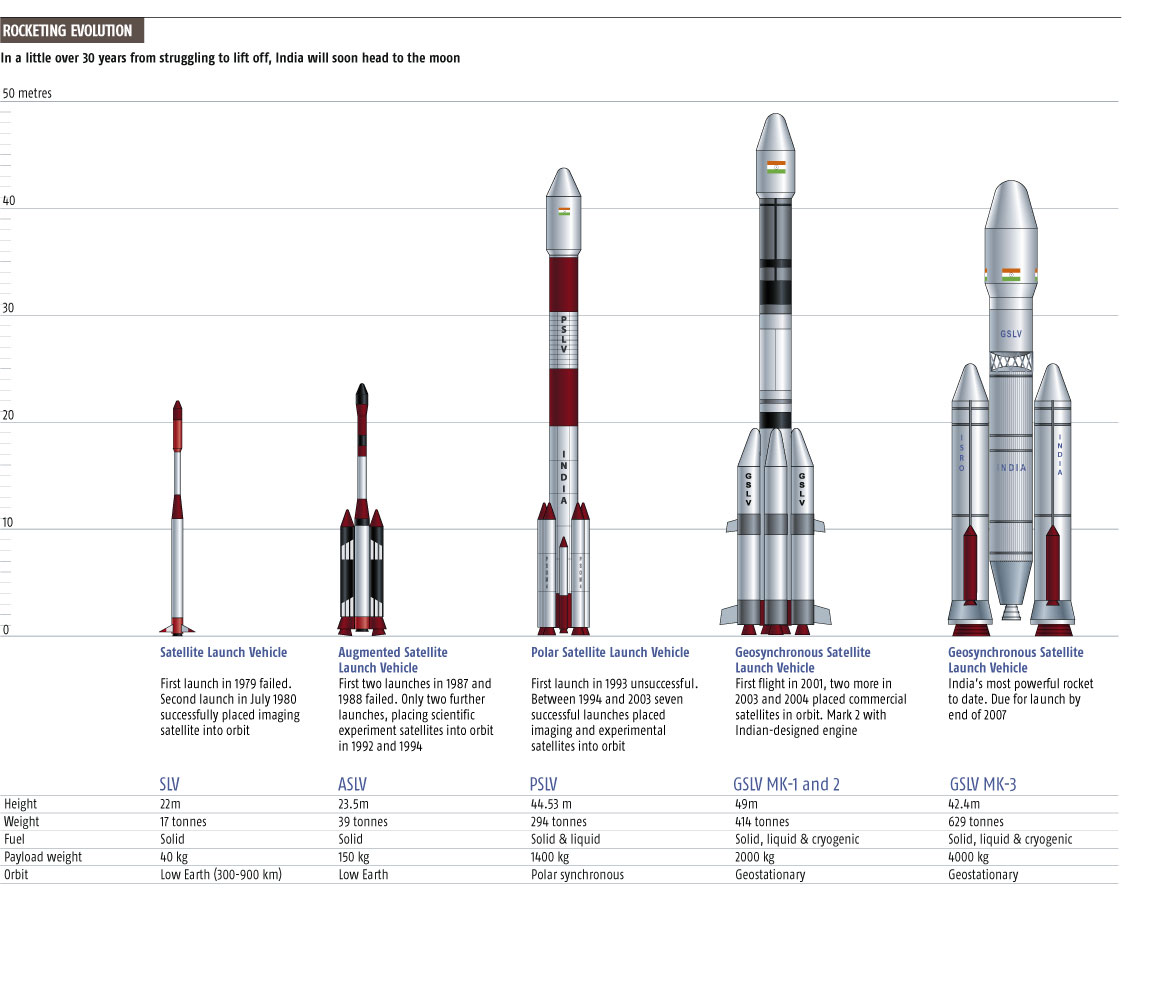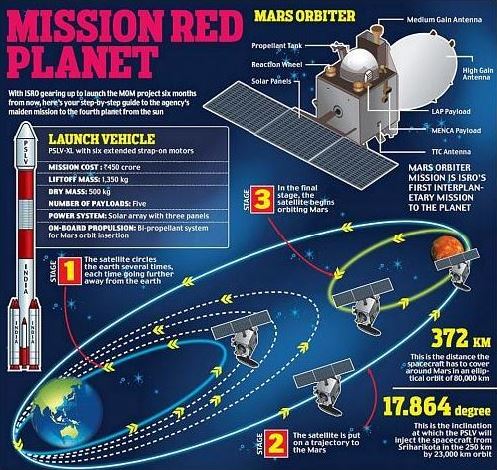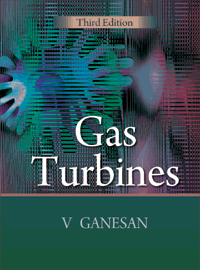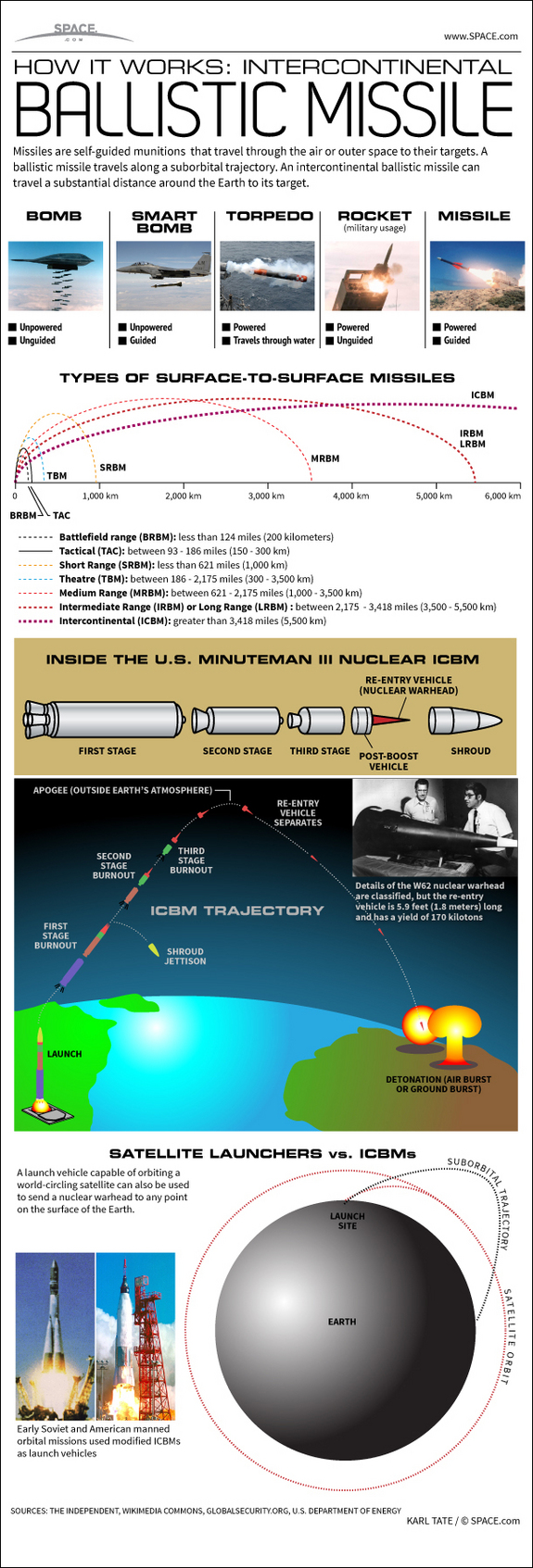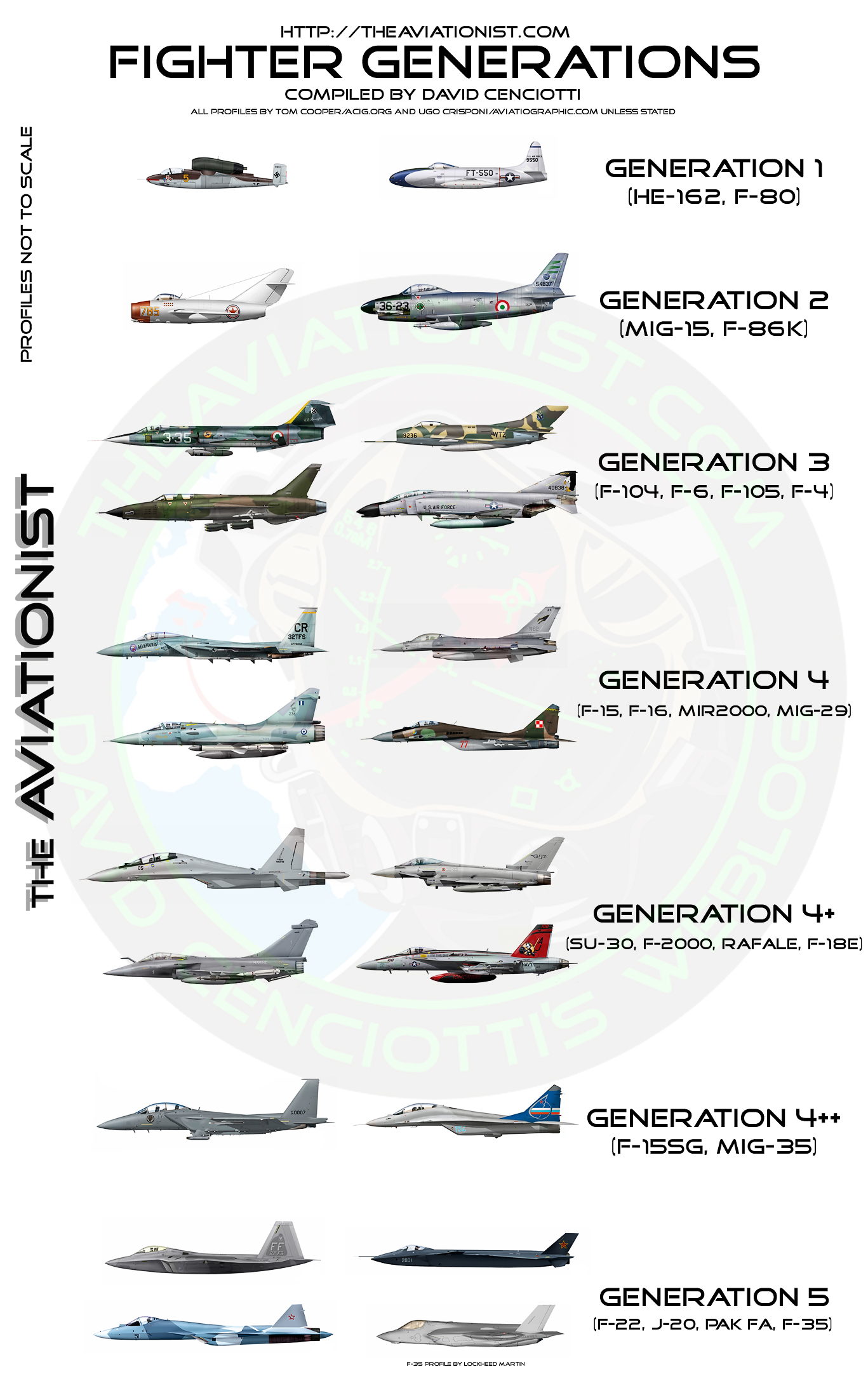Airplane Performance Stability And Control By Perkins & Hage
First written in 1949, this is a classic text in aeronautical engineering. It covers airplane performance in reciprocating engine craft, propeller performance, as well as aircraft stability and control. This is an excellent book for the professional and the serious amateur aircraft maker. It is written in a straightforward and easy to understand manner. To get the most out of this book, readers should have an understanding of differential calculus.
First written in 1949, this is a classic text in aeronautical engineering. It covers airplane performance in reciprocating engine craft, propeller performance, as well as aircraft stability and control. This is an excellent book for the professional and the serious amateur aircraft maker. It is written in a straightforward and easy to understand manner. To get the most out of this book, readers should have an understanding of differential calculus.









